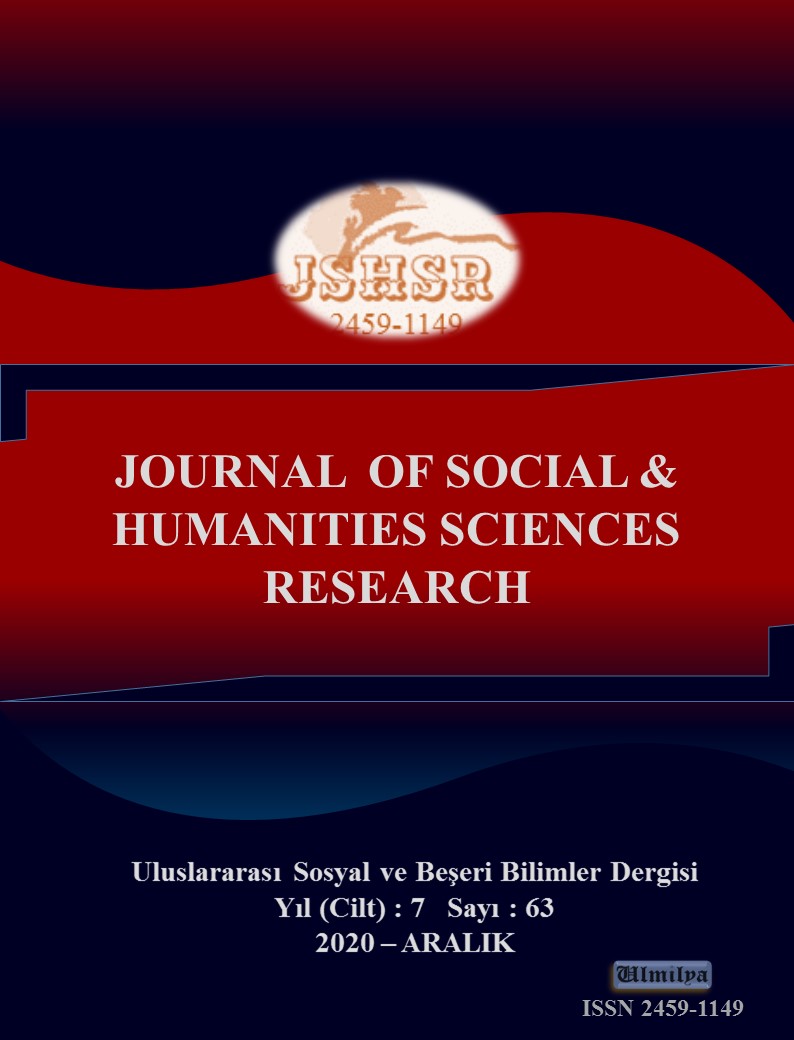URBAN SYMBOLS IN THE OTTOMAN CLASSIC PERIOD
DOI:
https://doi.org/10.26450/jshsr.2242Keywords:
Ottoman State, City, Urbanization, Symbolic ValuesAbstract
The culture of societies has implications for urban life and urbanization. The population density in cities, how land and common areas are used, and the meanings attributed to architectural and aesthetic values reflect the socio-cultural and economic characteristics of the society. In this study, in the period covering the 14th and 17th centuries and defined as the Classical Ottoman Period, how the political and economic state of the Ottoman culture shaped the city life and urbanization and what was the symbolic values of the cities came to the fore.
As a result of the study, it was determined that the Ottoman State developed on the urban heritage of the Anatolian Seljuks established in the same lands before itself and that the power of the state, its political characteristics and its rich culture from different geographies such as the Middle East, Europe and North Africa were successfully reflected in the physical texture of their cities. In this context, monumental palaces, mosques, complexes, bazaars, bazaars, inns, markets and foundation works are the prominent and remarkable architectural elements and symbols of the cities, in urban administration, however, there is no understanding of city management like today, it was evaluated that a management system was implemented, in which “women” supported by foundations and guilds were effective. In addition, in the process of urbanization in the Ottoman state, although the society had different features and cultural diversity from the 15th century to the 19th century, the spatial features did not change much, and 18th century late 19th century. Another result was reached within the scope of the study, in which spatial properties started to change with.
Downloads
Published
How to Cite
Issue
Section
License
Copyright (c) 2020 INTERNATIONAL JOURNAL OF SOCIAL HUMANITIES SCIENCES RESEARCH

This work is licensed under a Creative Commons Attribution 4.0 International License.


